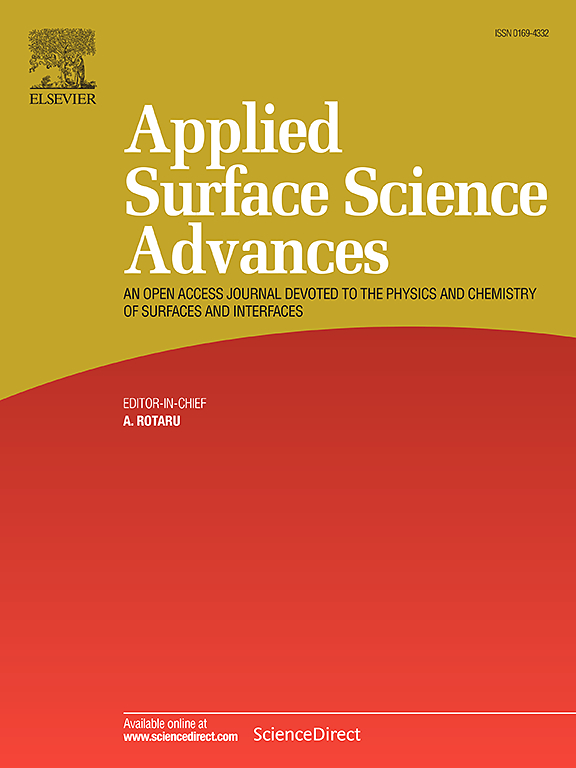Synergistically enhanced corrosion resistance, electrical conductivity and interface adhesion of TiONx/TiN coatings through in-situ anodizing and plasma nitriding of Ti BPs for PEMWE cells
IF 8.7
Q1 CHEMISTRY, PHYSICAL
引用次数: 0
Abstract
High corrosion resistance, high electrical conductivity and strong interface adhesion on Ti substrate are fundamental requirements for the coatings on bipolar plates (BPs) of proton exchange membrane water electrolysis (PEMWE). In this work, TiONx/TiN composite coatings on Ti BPs with a small lattice mismatch of only 1.37% are prepared through anodizing and then in-situ plasma nitriding for TiONx and magnetron sputtering for TiN. The lattice mismatch is remarkably smaller than that between TiO2 and TiN (8.88%). The small lattice mismatch and the in-situ grown on Ti BPs could ensure the strong interface adhesion strength of the TiONx/TiN coating at level 0 (ISO 2409:2007). Moreover, commonly, TiONx exhibits good corrosion resistance, while TiN displays high electrical conductivity. Accordingly, the composite coatings exhibit enhanced corrosion resistance (0.17 μA·cm-2) and high electrical conductivity (6.75 mΩ·cm2 at 1.5 MPa). After 300 h of potentiostatic test at 2 V, the TiONx/TiN coating maintains a low corrosion current density of 4.6 μA·cm-2 and interface contact resistance (ICR) of 23.64 mΩ·cm2. In cell assembly test, the TiONx/TiN-coated BP exhibits lower ICR and higher electrolysis efficiency (77.89%) than uncoated BPs (64.35%). Overall, the TiONx/TiN coating prepared through anodizing and then in-situ plasma nitriding might be potential candidates for protecting Ti BPs of PEMWE.
通过原位阳极氧化和等离子体氮化Ti bp,协同提高了镀层的耐腐蚀性、导电性和界面附着力
高耐蚀性、高导电性和强界面附着力是质子交换膜水电解双极板(BPs)涂层的基本要求。本文通过阳极氧化、原位等离子体渗氮和磁控溅射制备了晶格失配率仅为1.37%的Ti bp上的TiONx/TiN复合涂层。TiO2与TiN之间的晶格失配(8.88%)明显小于TiO2与TiN之间的晶格失配。较小的晶格错配和原位生长在Ti bp上可以确保涂层的界面粘附强度达到0级(ISO 2409:2007)。此外,通常,TiONx具有良好的耐腐蚀性,而TiN具有高导电性。在1.5 MPa下,复合镀层的耐蚀性提高了0.17 μA·cm-2,电导率提高了6.75 mΩ·cm2。在2 V下进行300 h的恒电位测试后,镀层的腐蚀电流密度保持在4.6 μA·cm-2,界面接触电阻(ICR)为23.64 mΩ·cm2。在电池组装测试中,与未涂覆的BP相比,涂覆的BP具有更低的ICR(77.89%)和更高的电解效率(64.35%)。综上所述,通过阳极氧化和原位等离子体氮化制备的TiONx/TiN涂层可能是保护PEMWE Ti bp的潜在候选材料。
本文章由计算机程序翻译,如有差异,请以英文原文为准。
求助全文
约1分钟内获得全文
求助全文

 求助内容:
求助内容: 应助结果提醒方式:
应助结果提醒方式:


